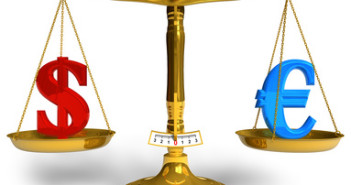Talking Points
- Euro failed to digest Greece outcome and was seen trading lower against the US Dollar.
- Germany Consumer Price Index released by the Statistiches Bundesamt Deutschland posted a decline of -0.1% in June 2015, compared with the preceding month.
- Italian Consumer Price Index released by the Italian National Institute of Statistics registered an increase of +0.2% in June 2015.
- EURUSD traded towards $1.1000 support area where it managed to find buyers.
Key Highlights:
German CPI
Italian CPI
EURUSD Technical Analysis
The Euro declined heavily against the US Dollar after failing to trade above the 100 (H4) Simple Moving Average. There is a bearish trend line formed on the H4 chart of the EURUSD pair, which is acting as a hurdle for buyers. One key point to note is that the 100 and 200 SMA’s (H4) are also aligned around the highlighted trend line. In short, there is a major resistance building around $1.1150.
Moreover, the 61.8% Fibonacci retracement level of the last drop from the $1.1215 high to $1.0965 low is coinciding with the 100 hourly SMA, suggesting that buyers may find it tough to take the pair higher in the near term.
On the downside, the last low of $1.0965 is a short-term support area. If sellers manage to gain strength, then a break below the same might take the pair towards the $1.0920 support area.
Fundamentals
There were a couple of major releases lined up in the Euro Zone today, including the German and Italian CPI. First, the Germany consumer price index, which measures the average price change for all goods and services purchased by households for consumption purposes was released by the Statistiches Bundesamt Deutschland. The market was expecting the CPI to decline by -0.1% in June 2015, compared with the preceding month. The outcome was as expected, and failed to help the shared currency.
Moreover, the Italian CPI was released by the Italian National Institute of Statistics. The outcome was above the expectation, as there was an increase of +0.2% in the CPI in June 2015, compared with the preceding month.
——————————————————————–
Article by Tom Daly, Academy of Financial Trading
——————————————————————–

